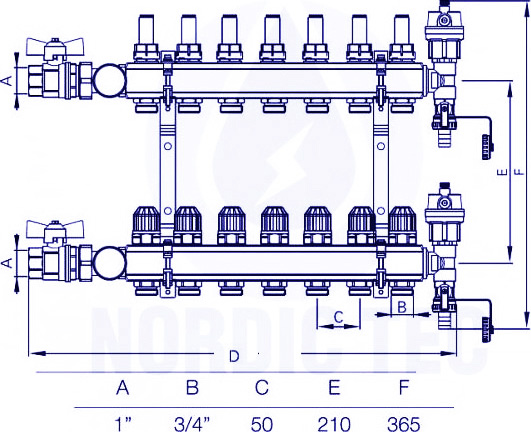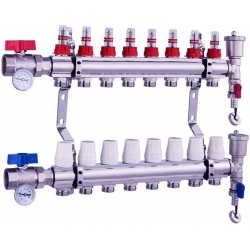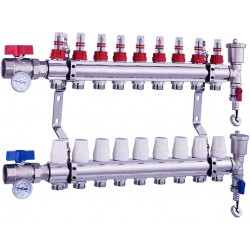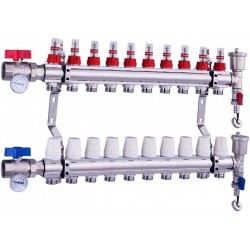Central Heating Manifolds - Underfloor Heating Manifold
Central Heating Manifolds - Underfloor Heating Manifold
Underfloor Heating Manifold UFH Manifold NORDIC TEC 9 circuits
Central Heating Manifolds - Underfloor Heating Manifold




